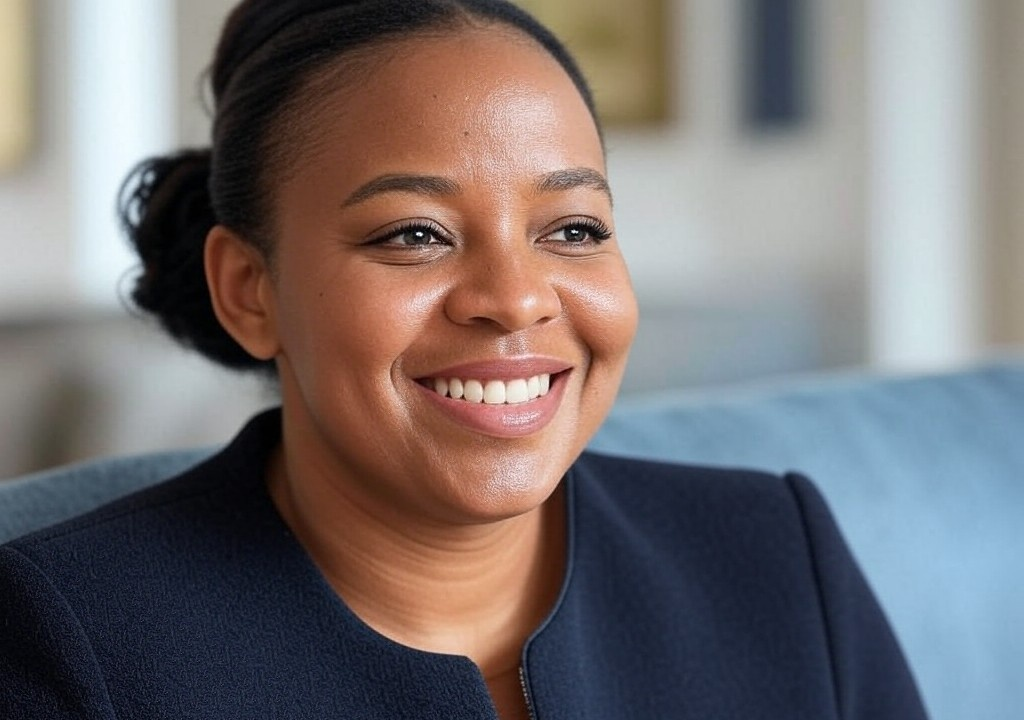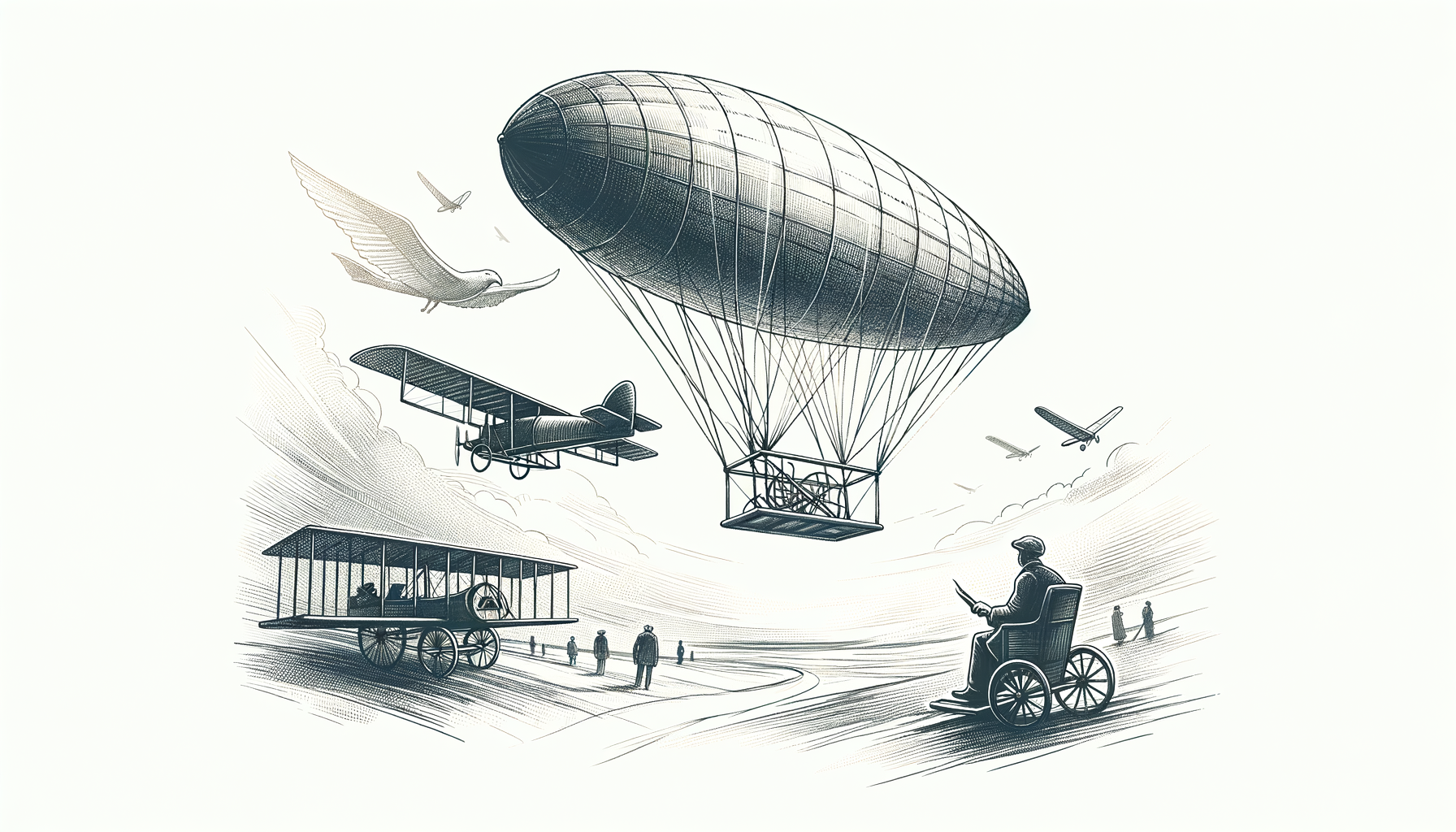My first byline felt like that moment at the end of a first date where they say, “We should do this again sometime,” and actually mean it. It was thrilling, terrifying, and slightly surreal—like putting your hopes and dreams on a karaoke stage under a single spotlight. No duet partner. Just the mic and a room full of strangers who may or may not be rooting for you.
The Spark
The story starts in my last semester at Howard University, where I wrote a piece for the campus newspaper. It was a sharp, snappy op-ed championing the importance of keeping soul food on the menu at campus dining halls. (Yes, mac and cheese diplomacy was my initial foray into hard-hitting journalism.) Between deadlines for other classes and sweltering debates with my editor about how candied yams were “essential,” I barely registered the significance of actually publishing something.
When the piece went live, I felt this odd cocktail of exhilaration and dread. Like when someone double-taps their way back to your 2017 beach photos on Instagram—you’d wanted the attention, but not the vulnerability that comes with it.
The Leap
I didn’t realize the crux of vulnerability until my article started circulating. I was sitting in the student center, minding my business with a plate of fries, when someone I’d barely spoken to in class stopped by my table and said, “You really made me rethink my relationship with collard greens.”
While I laughed, all I could think was, This is real now. My words weren’t just mine anymore; they were out there, on paper, triggering conversations about mustard greens and social representation. And I loved every nerve-wracking second of it.
The following week, my professor—who had this Toni Morrison-meets-Gordon Ramsay air about her—handed me a sticky note with a name and email scrawled across it. She told me to reach out to an editor at a small but growing online magazine who was looking for fresh voices. “It could be your next step,” she said. I didn’t sleep that night, nervously assembling a pitch like it was a patchwork quilt. My palms practically laminated my laptop keys while typing the email.
When I got the green light a few days later, it felt like landing a standing ovation at amateur night. A reminder that we don’t always get applause for the work that matters most to us—but when we do, it hits hard.
Love at First Draft?
Now, let’s be clear: my first professional byline was no fairytale. I thought I’d written something poignant—an essay tying together Sunday sermons, Black Southern traditions, and my own family’s Thanksgiving rituals. But apparently, “poignant” also meant I missed the assigned word count. By a mile.
My editor’s feedback was, shall we say, “direct.” It was like that dating rite of passage where someone lets you know your profile bio might be trying a little too much (“Have you considered narrowing it down to one rom-com reference instead of five?”). Her line-by-line notes dissected everything. She cut entire paragraphs, reined in my metaphors, and somehow made my sentences feel lighter and sharper without losing my voice. I won’t lie—I was mortified.
But somewhere between the insertion of an Oxford comma and her suggestion to “rethink this messy middle part,” I realized I wasn’t upset with her critique. I was upset because she was right. So I rolled up my sleeves, reworked the piece, and learned the fine art of killing your darlings.
Your First Byline: The Dating Parallel
Landing your first byline is a lot like dating—it takes courage and an acceptance that not every attempt will work. Whether you’re building connections in real life or conquering a blank page, it’s about showing up authentically and recognizing that rejection isn’t an ending. It’s a plot twist.
Here’s what I’ve learned from the journey so far. Think of these as “relationship rules” that also apply to writing—or really, any first leap of faith:
1. Don’t Aim for Perfection
Your first draft, whether it’s an article or a heartfelt confession, doesn’t need to be perfect. It just needs to exist. In dating terms? It’s like showing up in your favorite hoodie instead of the uncomfortable jacket you think your date expects. Trust me—people (and editors!) notice when you’re being yourself.
2. Take Critique in Stride
Remember how you felt when someone finally told you that Love Actually might have more plot holes than charm? Yeah, accepting feedback stings at first, but it helps you grow. Editors and mentors aren’t there to diminish your voice—they’re there to refine it.
3. Celebrate the Experience
Published or not, the process itself matters. When you submit that essay, take that risk, or buy the dress for date night, you’re claiming space for something new. And those moments are worth celebrating, win or lose.
4. Keep the Faith
Just like a dating dry spell isn’t forever, neither is a creative slump. The more you put yourself out there—on the page or in life—the higher the chances you’ll land something truly meaningful.
A Love Letter to Firsts
Looking back, I can’t believe how anxious I was about sending that first pitch. While I don’t remember the exact byline payout (hint: it was laughably low), I remember how it felt to hold a printed copy of my piece and see my name etched into the masthead. It wasn’t just about having my work out there; it was about giving myself permission to try, to risk, to learn.
To this day, whenever a new piece of mine goes live—whether it’s a book chapter or a feature on this very site—I still feel that same heady mix of excitement and vulnerability. But now, I welcome it like an old friend. After all, firsts don’t have to be flawless—they just have to begin.




















